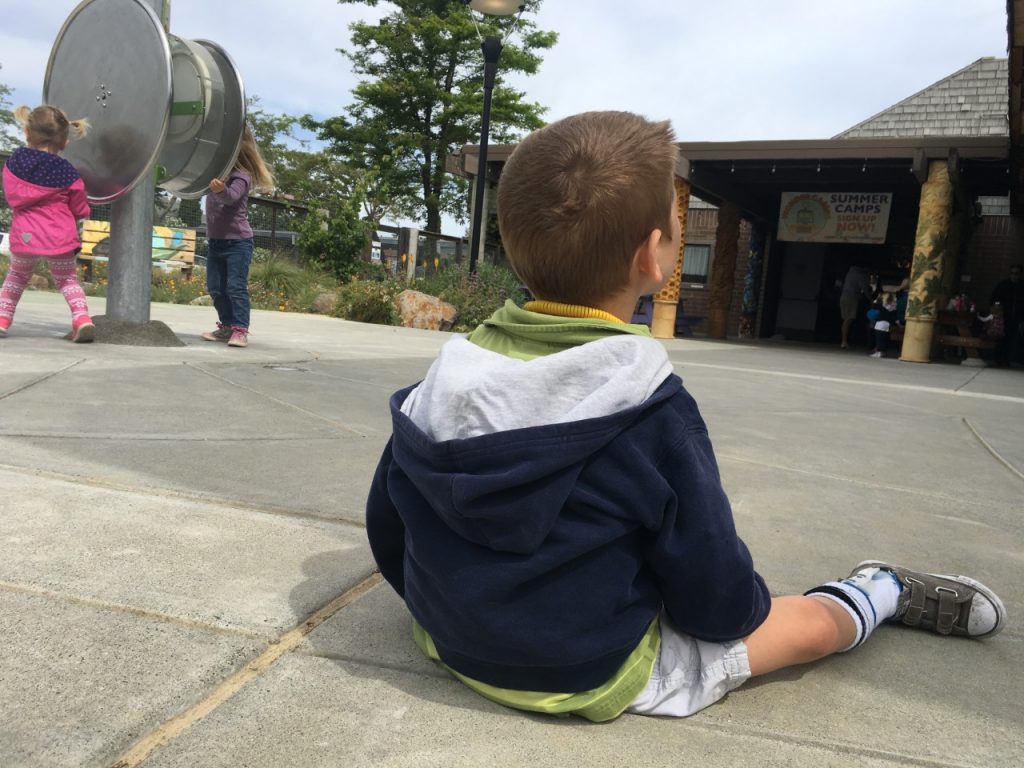Access and Opportunity Barriers
What are ACCESS BARRIERS?

Access barriers are the ways that a student’s physiology and biology prevent them for actively participating in the curriculum.
- Examples of access barriers: spasticity that affects movement, low tone that prevents proper positioning for participation, deformities that prevent normal body functioning, tone that affects normal speech or the ability to verbalize.
Teachers should assess students to identify access barriers, then should implement the use of assistive technology, augmentative and alternative communication strategies and technology, positioning techniques, or other educational methods in order to help students overcome these barriers.
What are OPPORTUNITY BARRIERS?
/wheelchair-56c538de5f9b58e9f3311911.jpg)
Opportunity barriers, which include knowledge barriers, skill barriers, policy barriers, practice barriers, and attitude barriers, are environmental/external barriers that further restrict the opportunities students have to interact with their environment or to engage in rich educational experiences.
Students with OI are particularly prone to opportunity barriers, due to the specialized skills and knowledge required to effectively instruct them.
- Knowledge barriers are caused by a lack of experienced or knowledgeable staff.
- An example of this could be not having the knowledge to read the body language that indicates intentional communication.
- Skill barriers are created when staff working with students with OI have knowledge of strategies or methods that may assist students in accessing the curriculum, but do not have the skills to implement these strategies.
- An example could be not having the skills to teach students to use alternative modes of communication.
- Policy barriers occur when institutional policies reduce the ability of students with OI from accessing the educational, social, or physical environment. They can result from legislation or other regulatory decisions that affect the programs and institutions people with OI receive services from.
- An example of this could be insurance companies refusing to provide motorized wheelchairs to very young students, due to their age.
- Practice barriers refer to the practices or conventions that are common place in the home, school, or workplace, but are not official policies, that reduce opportunities for students with OI to access their environments.
- An example of this could be schools that require students to achieve specific skills before allowing them access to alternative modes of communication.
- Attitude barriers include the behaviors and perceptions of people who frequently work with students with OI (including families, caregivers, teachers, and other professionals) that prevent these students from having opportunities to engage in meaningful activities.
- An example of this could be classroom staff that assumes a student is not using sounds, gestures, or vocalizations in an intentional manner to communicate, and therefore disregards these communicative behaviors.
Implications of Barriers on Participation

With the vast number of access and opportunity barriers that prevent people with OI from interacting with their environment, it is no surprise that they have reduced levels of participation in the areas of self-care, socialization, education, and employment (Colver, Fairhurst, & Pharoah, 2014). This can cause these students to:
- Give up and become frustrated and passive (Burkhart, 2018).
- Become passive participators in their own environment and routines, which means that they don’t initiate interactions as often as their typically developing peers may (Beukelman & Mirenda, 2013).
- Develop learned helplessness, which is the perception that they are unable to control outcomes of their experiences (Burkhart, 2018).
Teacher and caregiver response to this can result in greater anticipation of student needs, and fewer opportunities to communicate, participate in their daily routine, and have rich and meaningful interactions (Korsten, Dunn, Foss, & Francke, 1989).
- Caregiver-child relationships can become strained during arduous or tedious care routines, which may cause the caregiver to behave in a manner that promotes less participation (Howard et al., 2014).
Opportunity and access barriers also have implications for secondary education and employment opportunities for people with physical disabilities. Although specific data related to the OI population are not available, data for disability in general shows that:
- In 2019 only 19.3% of all people with disabilities were employed, compared to 66.3% of the general population (https://www.bls.gov/news.release/pdf/disabl.pdf?country=988).
- Workers with a disability were almost twice as likely to be employed part time than their non-disabled counterparts.
- People with OI are also less likely to attain a Bachelor’s degree or higher.
- Regardless of education, or age rates of employment for people with disabilities are significantly lower (https://www.bls.gov/news.release/pdf/disabl.pdf?country=988).
